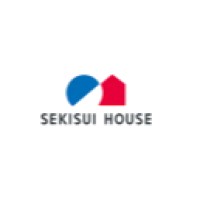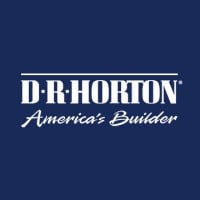
Sekisui House US Holdings, LLC
Sekisui House US Holdings LLC, is a wholly owned subsidiary of SEKISUI HOUSE, LTD, Japan’s largest homebuilder. For more than 60 years, SEKISUI HOUSE has been building homes and communities in Japan and throughout the world, with an international reputation for innovative technologies, precise building techniques and eco-friendly homes of the highest quality.






